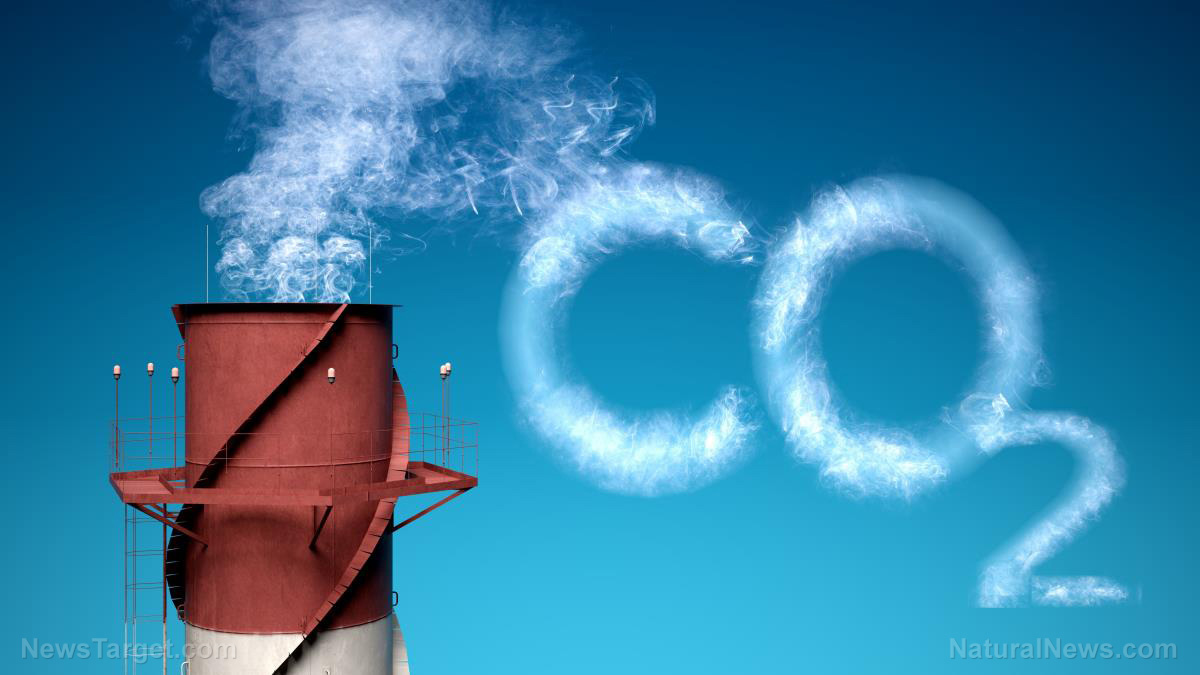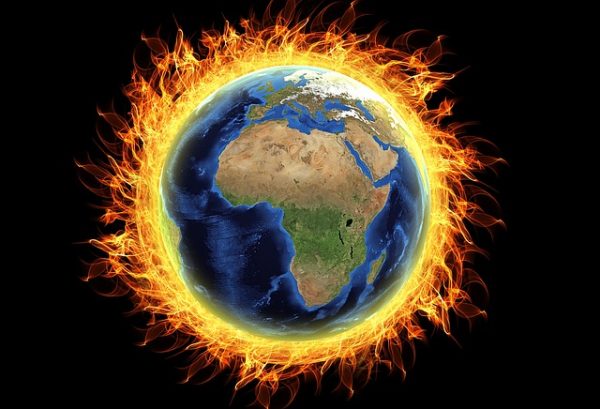California may legalize “liquid cremation” in bizarre attempt to fight global warming
07/30/2017 / By Isabelle Z.

It’s no secret that human activity can contribute a great deal to damaging the environment, but did you know that you are hurting our planet even in death? The current methods of cremation that are offered in California are not environmentally friendly enough for some people’s tastes, and the state senate is now mulling legalizing liquid cremation.
Cremation is believed by some to be more environmentally friendly than burial, given the formaldehyde and other chemicals used in embalming bodies and the fact that large caskets – typically made of wood– are being buried in the ground and taking up a lot of precious land. Nevertheless, cremation causes mercury to be released into the air and it uses a lot of natural gas.
Enter liquid cremation, which is sometimes referred to as flameless cremation, water cremation, or bio-cremation. In this process, the dead body is dissolved using a hot chemical bath that leaves behind a sterile solution that is washed down the drain. This process has just a quarter of the carbon footprint of a traditional cremation by fire and just a sixth of that of burial.
This is the third time California has considering legalizing the unconventional approach. Two past efforts failed despite the process being legal in 14 other states.
Water cremation process is not an acid bath
Right now, there is one place in the state where bodies are legally dissolved: a UCLA lab that disposes of cadavers that the medical school no longer needs. According to the head of the school’s Donated Body Program, Dean Fisher, the process does not use acid; instead, a chemical called potassium hydroxide is used to catalyze the hydrogen in water so it attacks the chemical bonds between the body’s molecules faster in a process known as alkaline hydrolysis.
In fact, Fisher points out that potassium hydroxide exists in the crust of the Earth and helps break down organic matter in dirt. He says it’s like speeding up the process of burying a body in soil with the help of heat. The process is simple: the body is placed inside a stainless steel chamber that is roughly the size of a van and is not unlike a large pressure cooker. Inside, the cadavers are heated to a temperature of 302 degrees and then are bathed in 270 gallons of the dissolving liquid for three or four hours.
The process uses less water than the average American household does in one day, and unlike a traditional cremation, it doesn’t release any greenhouse gases. To get an idea of just how much energy a fire cremation uses, the BBC reports that the heat used to cremate a body the conventional way could heat an entire home for a full week in winter.
After the process, the tray is removed from the chamber, where the bones are left behind along with any medical hardware the person might have had, like prosthetics and pacemakers. Nothing organic survives; not even a trace of DNA can be found. Some of the metal from the parts is recycled, and this is one of the process’s biggest strengths over fire cremation; toxic mercury from dental fillings vaporizes when bodies are burned and is released into the air.
The remaining bones are pulverized into a powder that loved ones can place in an urn much like they would the ashes from a traditional cremation. Most funeral homes in states where the procedure is already permitted charge anywhere from $150 to $500 more for water cremations than they do for cremation by fire.
Many people are uncomfortable with the idea of dissolving their loved ones. California Catholic Conference Executive Director Ned Dolejsi said that while he wouldn’t consider water cremation to be inherently wrong, it does not treat life and death with respect and dignity.
If this controversial law is passed, it could become an option in California as soon as 2020.
Sources include:
Tagged Under: bio-cremation, carbon footprint, climate change, flameless cremation, global warming, liquid cremation




















